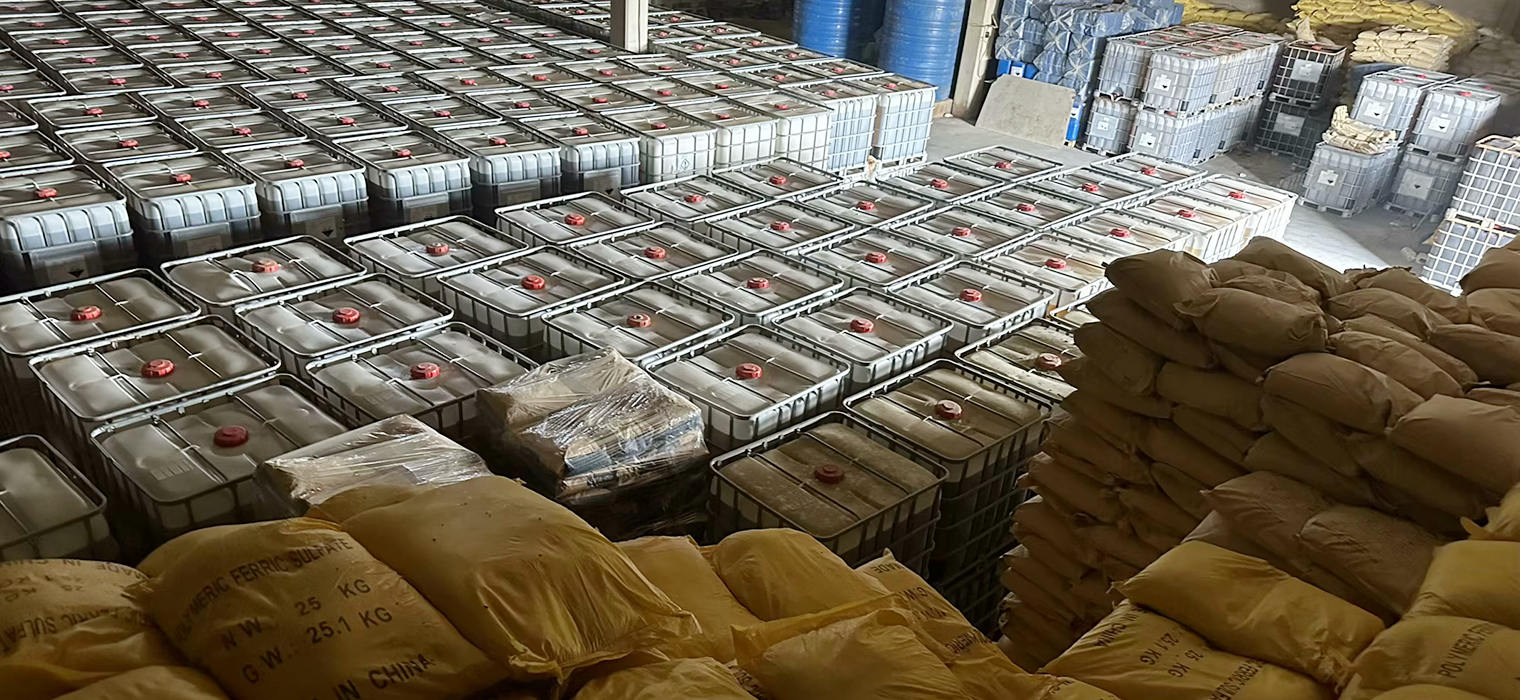Microbial resistance to biocides is a growing concern in industrial water treatment, particularly in systems that rely on continuous exposure to the same chemical agents. Over time, bacteria and algae can adapt to survive sub-lethal concentrations, reducing the long-term effectiveness of treatment programs. This challenge has made biocide rotation a recommended strategy in the industry, and within that framework, the solid active bromine biocide and algaecide has emerged as a powerful tool. Its rapid action, broad-spectrum efficacy, and chemical profile make it uniquely suited to help disrupt microbial adaptation cycles and restore system hygiene.
What distinguishes bromine-based biocides is their ability to maintain high antimicrobial activity even in difficult water conditions, such as those with elevated pH or high organic content. Unlike chlorine, which loses effectiveness in alkaline environments, bromine remains active and penetrates biofilms more efficiently. This is critical because biofilms act as a protective barrier for bacteria, enabling them to resist treatment and recolonize systems. By using a solid bromine biocide periodically or in rotation with other treatments, operators can apply a different mode of attack that bacteria are less likely to tolerate over time.

One of the key reasons microbial resistance develops is the prolonged use of low-concentration biocides that fail to achieve full microbial kill. This selective pressure encourages survival of the most tolerant strains, which can rapidly dominate. The shock dosing approach used with solid bromine-based products introduces a high-concentration, fast-acting exposure that achieves a four-log reduction in microbial populations within minutes. When applied correctly, this significantly reduces the chance for resistant colonies to establish. It’s an approach that aligns well with resistance management strategies, particularly in critical systems like cooling towers, injection wells, and closed-loop systems.
Solid formulations also have a practical advantage in maintaining product stability during storage and handling, ensuring that dosing strength is not compromised before application. For end users, this means greater confidence in the product’s performance, and for system operators, it simplifies planning of biocide rotation schedules. The reliability and shelf stability of solid active bromine biocide and algaecide products make them a preferred option in facilities that rotate between oxidizing and non-oxidizing biocides to prevent resistance while ensuring ongoing microbial control.
From an industry standpoint, best practices now recommend rotating biocides with differing mechanisms of action every few weeks or months, depending on system conditions. Bromine-based biocides, particularly in solid form, play a valuable role in this rotation due to their oxidative mode of action, which disrupts cellular proteins and enzymes in a way that differs from most non-oxidizing agents. By integrating bromine into a structured rotation plan, companies can maintain microbial control while extending the lifespan and effectiveness of other biocidal agents.
As manufacturers and exporters of industrial-grade solid active bromine biocide and algaecide, we’ve worked with clients to develop rotation strategies tailored to specific industries, from paper mills and petrochemical plants to data centers and commercial HVAC systems. Each application has its own microbial challenges, but what remains constant is the need for adaptable, forward-thinking treatment plans. We’re always ready to support operators in selecting the right biocide rotation program and dosage protocols to meet their operational goals while minimizing the risk of resistance.
Ultimately, microbial resistance is not just a technical issue—it’s a real operational risk that can lead to fouling, corrosion, and efficiency loss. Using bromine-based solutions intelligently as part of a broader treatment strategy isn’t just smart; it’s essential for long-term system performance. If you’re reviewing your current biocide rotation or suspect reduced treatment efficacy, it may be time to introduce or reintroduce solid bromine biocides into the mix for a more resilient and responsive microbial control program.
 En
En
 عربى
عربى 中文简体
中文简体

